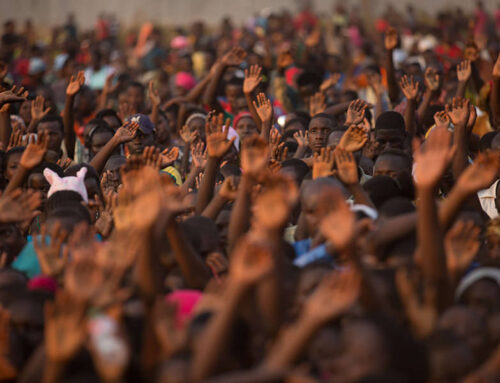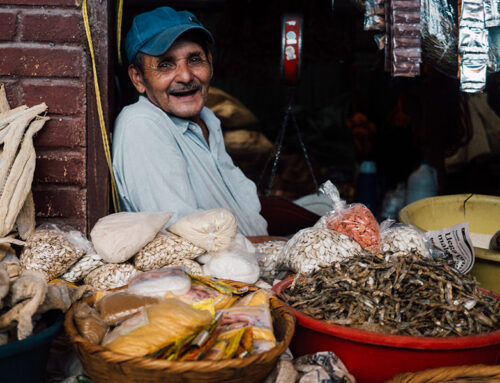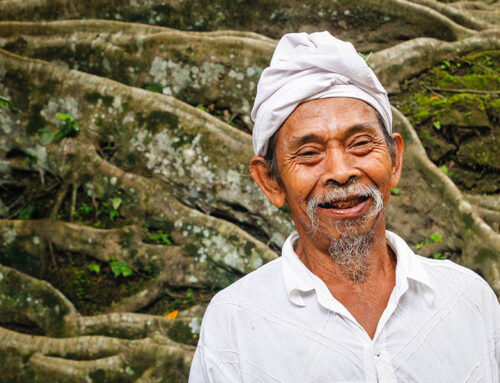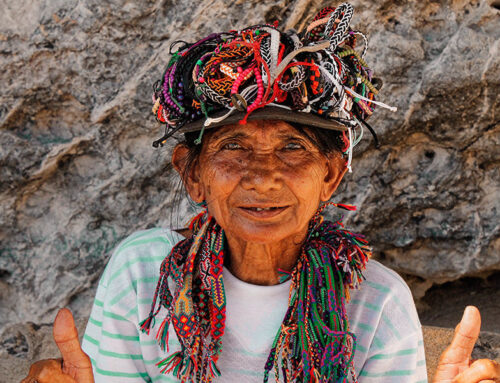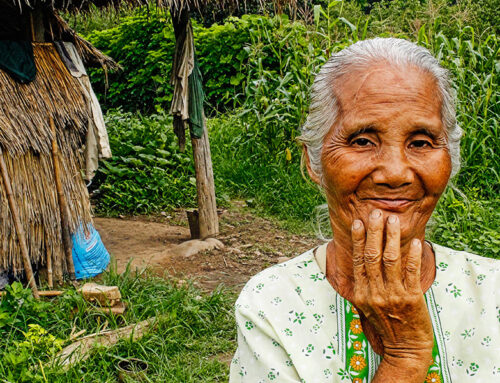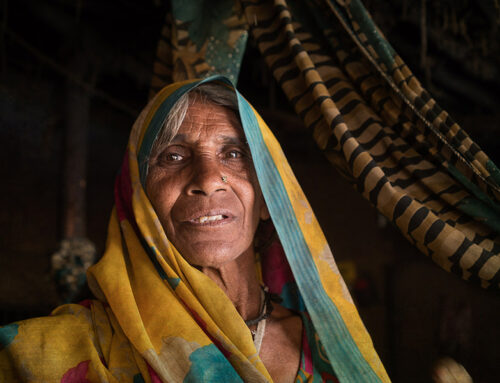A Crisis That Was Always Coming
Imagine this: overnight, the funding that sustains entire communities in Pakistan disappears. Schools in rural Sindh shut down. Health centers in Khyber Pakhtunkhwa suspend services. Humanitarian organizations, including those supporting flood-affected families, lay off staff in droves. This is not a hypothetical scenario. It is happening right now.
The abrupt USAID funding freeze has left organizations scrambling to fill massive gaps. But this is not an isolated incident. It is part of a broader trend—one that has been unfolding for years.
Some INGOs built their entire structure around a single donor. Now, they’re collapsing. Those that diversified their funding—who invested in community fundraising and long term sustainability—are proving far more resilient.
— Sector Expert
Who is responsible for this crisis?
- Are donors at fault for cutting funding?
- Are governments justified in choosing domestic needs over global development?
- Or is the sector itself responsible—for failing to ensure sustainability, efficiency, and true value for money?
This isn’t the first time funding has shifted—9/11, the 2008 financial crash, COVID-19—yet INGOs keep getting caught off guard.
The Immediate Impact: A Data-Driven Perspective
- Service Disruptions: An International Council of Voluntary Agencies ( ICVA) survey revealed that 67% of NGOs reported negative impacts on their services, ranging from downsizing to complete shutdowns.
- Workforce Reductions: Over 90% of USAID’s Bureau for Humanitarian Assistance (BHA) workforce has been furloughed or placed on administrative leave, weakening oversight and operational capacity.
- Child Health at Risk: A First Focus on Children analysis indicates that at least $4 billion in USAID programming dedicated to children has been halted, potentially leading to tens of thousands of preventable child fatalities.
- Overall Funding Loss: The USAID freeze disrupted $68 billion in planned funding for 2025, affecting essential programs such as disease monitoring, refugee support, maternal health, and education.
- Can we finally move beyond donor dependency and rethink financial sustainability?
- Can we shift from transactional service delivery to building resilient systems?
- Can we stop competing for funds and instead collaborate for greater impact? Can we lead the change—not just in theory, but in action?
As a legacy organization of Oxfam, OxDev has been at the forefront of humanitarian and development work in Pakistan for decades. We may not have all the answers today, but we are committed to leading the transformation. The time for action is now. Join us in building a future where Pakistani communities thrive, even when foreign aid stops.
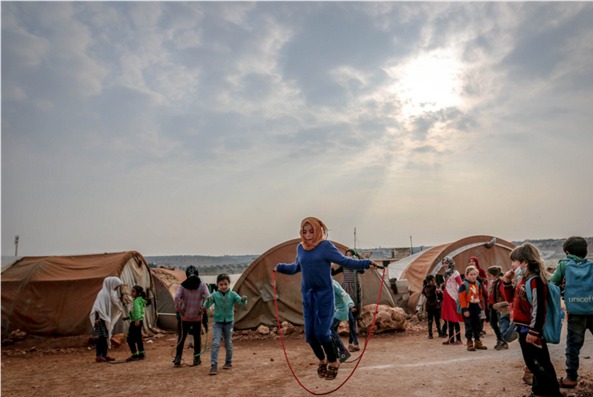
The wake-up call: aid dependency is not a strategy
For decades, the aid sector has prioritized donor-driven funding cycles over long-term impact. This was never sustainable—and today, the cracks have become impossible to ignore.
Why has aid dependency been a fundamental flaw?
- Overreliance on single donors leaves INGOs vulnerable—when priorities shift, they collapse, leaving communities at risk.
- Short-term, donor-driven funding creates cycles of project-based aid instead of long-term solutions.
- Success is measured in money, not impact, leading to bloated budgets and inefficiency. INGOs act as middlemen, not changemakers, funneling funds with high overheads instead of empowering local actors.
- Donors are losing trust, questioning why billions haven’t built self-sustaining systems.
Why is this model collapsing?
- Donor fatigue: Funders now demand proof of systemic change.
- Government priorities are shifting: Domestic crises, defense, and geopolitics are taking precedence.
- An overcrowded humanitarian market: Too many NGOs competing for a shrinking pool of funds.
Redefining Impact: A Future Beyond Aid Dependency
The future of aid must be sustainable, locally-led, and innovative. Here’s how we can get there:
- From Donor-Driven to Locally-Led: INGOs must shift from being financial gatekeepers to empowering local organizations. Direct funding and capacity-building for grassroots initiatives ensure communities lead their own development.
- From Short-Term to Long-Term: Move beyond project-based aid to investing in skills, education, and economic development that create lasting change, even after donor cycles end.
- From Spending to Investing: Adopt financial models like impact investing, social enterprises, and hybrid funding to generate returns and ensure longterm resilience.
- From Reactive to Proactive: Use AI, predictive analytics, and blockchain to anticipate risks, enhance transparency, and reduce dependency on physical interventions. Digital tools like telehealth and e-learning can also transform service delivery.
A Defining Moment for Pakistan’s Humanitarian Sector
This is more than a funding crisis—it is a defining moment for Pakistan’s humanitarian sector. As a legacy organization of Oxfam, OxDev is stepping up to lead the charge, investing in local capacity, diversifying funding sources, and building resilient systems that will serve communities long after foreign aid ends. But we cannot do this alone.
This is a moment for collaboration and joint leadership. Together, we can break the cycle of siloed efforts and create a unified approach to redefining impact beyond dependency. The time for action is now. Join us in building a future where communities thrive, even when foreign aid stops.
Organizations that resist change will collapse.
Organizations that innovate will lead.
OxDev is not waiting for change. We are leading it.
Shaped by Strategic Perspectives from
Syed Shahnawaz Ali, Sarah Zafar & Kainat Ayesha



